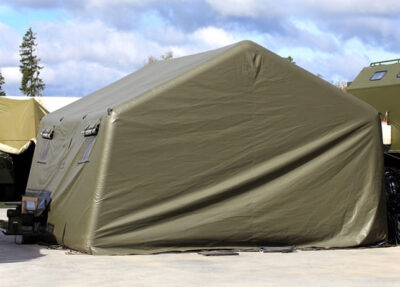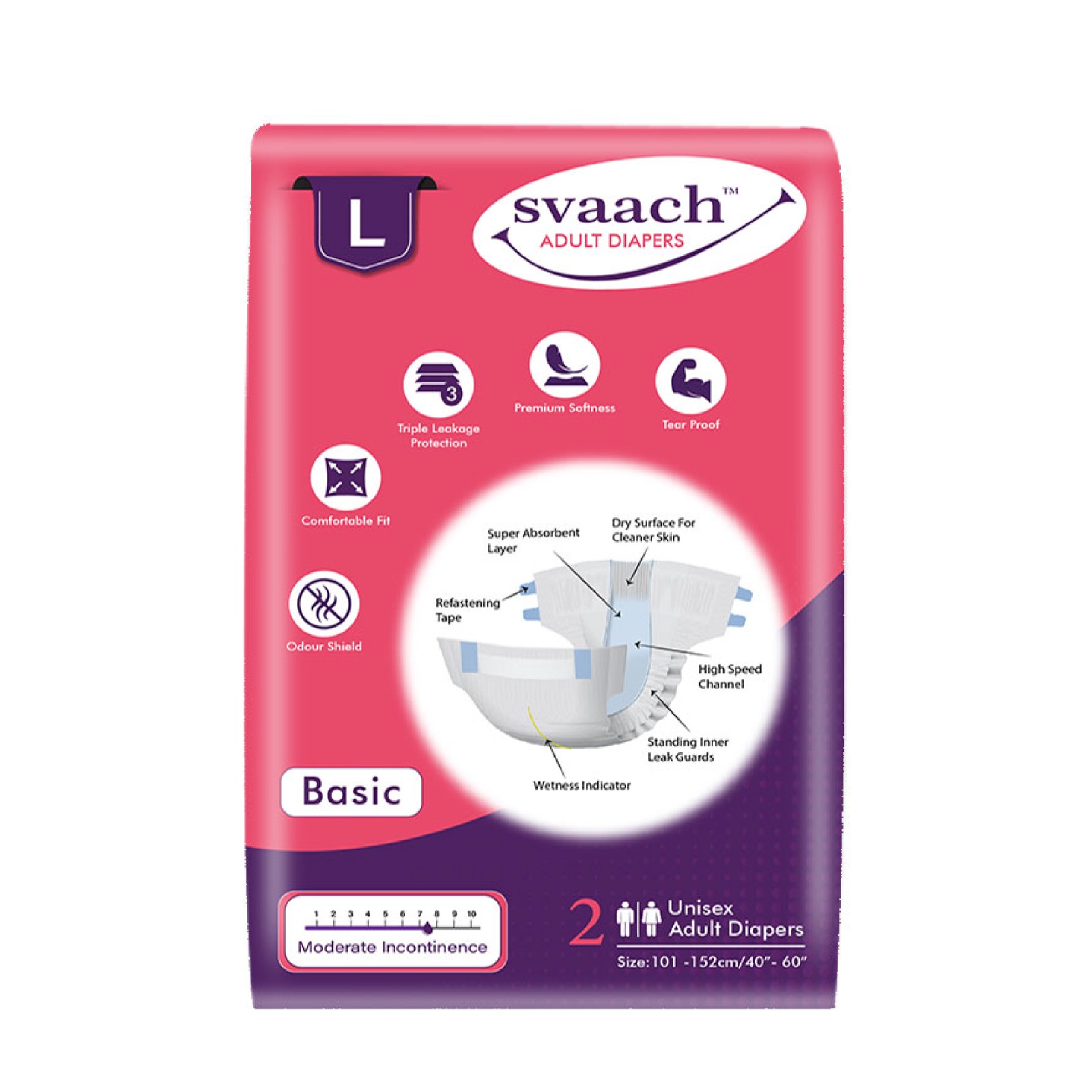You might associate military operations primarily with weapons, vehicles, or communications systems. Few people, however, would think about what has to be maintained to keep our service members healthy and effective—the Environmental Control Unit, also known as ECU.
These incredible systems create livable conditions in some of the most extreme environments. Let’s learn how these essential units protect the military personnel’s health and well-being, no matter where duty calls.
Why Military ECUs Matter
Imagine being stationed in the scorching desert, where temperatures soar above 120°F (49°C), or in the freezing Arctic, where they plummet well below zero. In these extreme conditions, having reliable temperature control isn’t just about comfort anymore—it’s about survival and maintaining operational readiness.
The military ECU is specially designed to handle these challenges. Unlike your typical home air conditioner, these units are built to military specifications, meaning they’re tough enough to withstand harsh conditions while providing consistent performance when it matters most.
Protecting Health in Extreme Environments
One of the biggest threats to military personnel isn’t always the obvious dangers—it’s the environment itself. Heat exhaustion, heat stroke, and hypothermia can take soldiers out of action just as effectively as any other threat. This is where ECUs step in to play a crucial protective role.
When operated in warm climates, cooling the air is just what these units do. They actually establish a controlled environment that helps ward off heat-related illnesses, which can develop surprisingly quickly when it’s hot enough. With your body not working overtime to maintain its core temperature, you remain alert and ready for action.
But it’s not just about temperature. These systems also manage humidity levels, which is crucial for preventing another silent enemy: mold and bacteria growth. High humidity can lead to respiratory issues and compromise immune systems, especially in enclosed spaces where military personnel often work and live.
Creating Safe Spaces for Medical Care
Perhaps one of the most critical applications of military ECUs is in field hospitals and medical facilities. In these settings, stable environmental conditions aren’t just about comfort—they’re essential for proper medical care. Temperature-sensitive medications need specific storage conditions to remain effective, and medical equipment often requires stable environments to function correctly.
Think about performing surgery in a tent in the middle of the desert. Without proper environmental control, the heat could affect both the medical team’s performance and the patient’s recovery. ECUs make it possible to create hospital-like conditions virtually anywhere in the world.
Supporting Mission Success
A comfortable soldier is an effective soldier. When military personnel can rest properly in temperature-controlled quarters, they’re more alert and better prepared for their missions. This might seem obvious, but the impact of good rest on military operations can’t be overstated.
In command and control centers, ECUs play another crucial role. Modern military operations rely heavily on sophisticated electronic equipment, which can be sensitive to temperature and humidity. By maintaining optimal conditions, ECUs help ensure that this vital equipment continues to function reliably.
Built for the Challenge
Military ECUs are engineering marvels designed to meet unique challenges. They’re built with several key features that set them apart from civilian units:
First, they’re incredibly durable. These units can take a beating and keep running thanks to ruggedized components that resist damage from vibration, impact, and harsh weather conditions. They’re also designed for easy maintenance in the field, where technical support might be limited.
Energy efficiency is another crucial consideration. Modern military ECUs include smart features that help reduce fuel consumption—a vital concern in remote locations where every gallon of fuel is precious. Some units can automatically adjust their output based on current conditions, ensuring they use only the energy they need.

Best Practices for Military ECU Operation and Maintenance
A military ECU’s efficiency in action can be maximized only when one understands why every maintenance step is important. Usually, small, preventable problems cause systems to fail rather than major components. A systematic approach to maintaining these critical systems will ensure they protect military personnel in challenging environments.
Installation
Proper installation creates the foundation for reliable ECU operation. This begins with careful site preparation, including a level platform and adequate drainage. The initial setup requires correct power connection, proper ductwork installation, and thorough system testing. Taking time during installation prevents many common issues that could arise later.
Daily Maintenance
Daily checks are the health check-up for your ECU every morning. Quick checks help detect problems before they grow into major ones. Check for odd noises, water leaks, and good airflow. Also, check the temperature readings and make sure that the control panel is in working condition. While these are elementary, the discovery often occurs of early warning signs of what will become potential problems.
Weekly Maintenance
Weekly servicing allows for vital diagnostic work on the system. Filter systems receive special attention since they prevent intrusion from environmental pollutants. Component checks become more comprehensive at this level. The crew checks fan belts, verifies electrical connections, and cleans coils as needed. The condensate drain system should be tested periodically for water buildup.
Monthly Service
Preemptive care and potential problems are dealt with during the monthly maintenance. The technicians check safety controls, examine the level of refrigerant, and inspect the ductwork for any damage. System analysis is also detailed in monthly checks. Crews are to review operational logs, check power consumption, and analyze the effectiveness of temperature control. This entire process can detect any developing issues early.
Quarterly Evaluations
Quarterly reviews examine the overall system performance. Teams compare current efficiency against baselines and look for signs of long-term wear. It is also strategic planning time. Maintenance teams schedule major tasks, plan for replacements of parts, and update procedures as needed. Training needs are assessed to keep personnel current with best practices.
Emergency Procedures and Record-keeping
Every facility must have clear emergency procedures in place for unexpected problems. That includes shutdown procedures, emergency contacts, and plans for a backup system. Keeping detailed maintenance records can be particularly useful for tracking system performance. Though it is a pain to do so, good documentation helps to plan upcoming maintenance and predict possible problems.
Environmental Considerations and Cost Management
Maintenance should adapt to the environment. Desert locations require more frequent filter changes, while coastal areas require anti-corrosion work. Cost-effective maintenance involves smart resource utilization and strategic management. This should reflect in terms of inventory optimization, preventive care, and energy usage monitoring to reduce operational costs.
Training and Professional Development
Well-trained personnel represent the backbone of effective ECU maintenance. Basic training should comprise daily inspections, operating parameters, and emergency responses. Advanced training includes system optimization and complex repairs. Ongoing education ensures that the maintenance team remains current with new technologies, thereby improving system performance and longevity.
The Future of Military Environmental Control
The technology behind military ECUs continues to evolve. Newer systems are incorporating advanced features like smart sensors that can predict when maintenance will be needed before problems occur. Some units are even being developed with solar power capabilities to reduce dependency on traditional fuel sources.
Another exciting development is the integration of advanced filtration systems. These can protect against not just dust and debris but also chemical and biological threats, adding another layer of protection for military personnel.
Final Thoughts
As global military operations continue to evolve, so too will the technology behind ECUs. Future systems might include even more advanced features like artificial intelligence-driven controls or improved energy efficiency through new materials and designs.
The focus remains on supporting the health and wellness of military personnel while ensuring operational readiness. As climate changes present new challenges, these systems will continue to adapt and improve, providing essential support for military operations worldwide.
*****





























